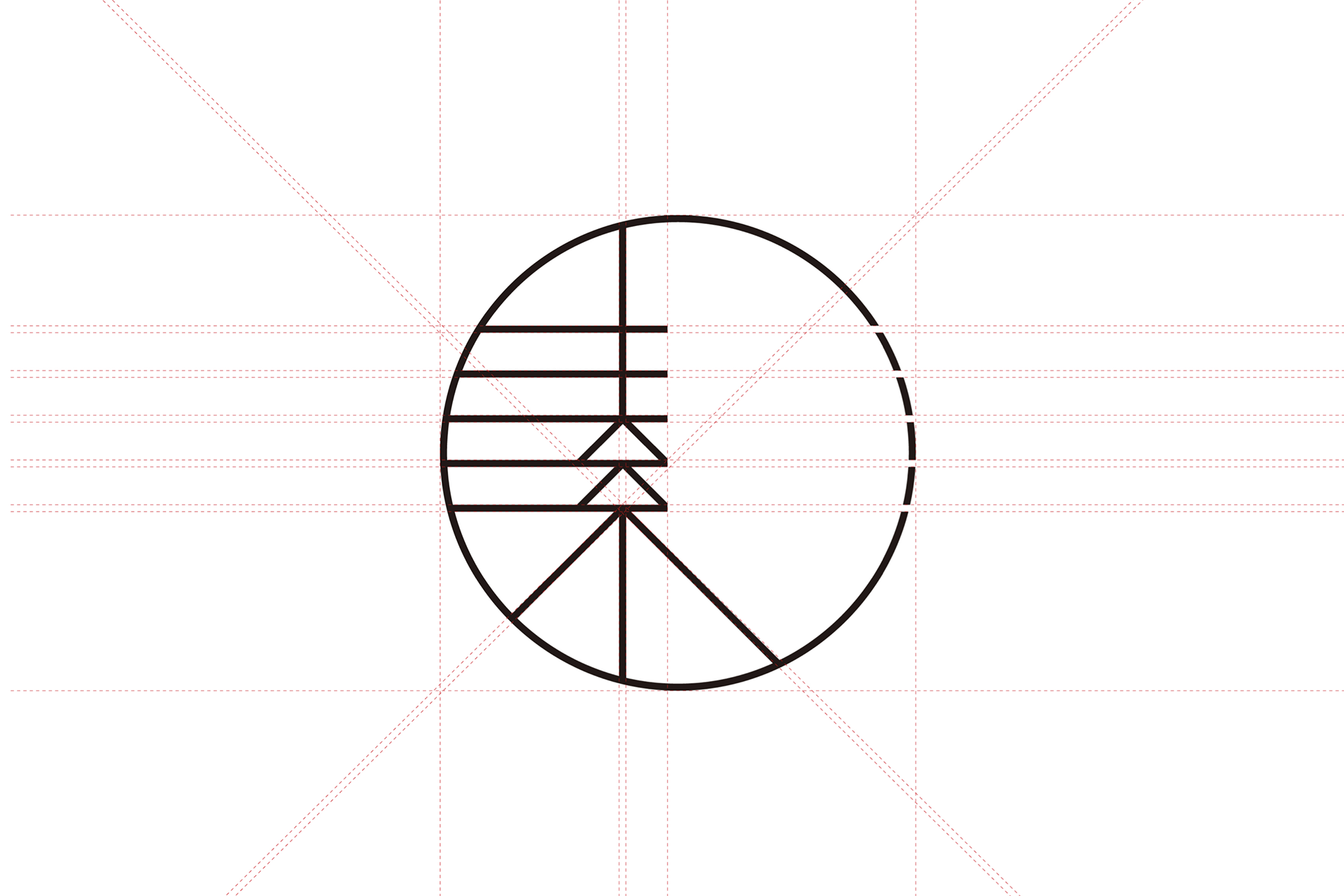
Brand packaging design testing and iteration are key steps to ensure that the packaging design is effective, attractive to consumers, and can meet brand positioning and market needs. The following is a detailed process and method for brand packaging design testing and iteration:
1. Define goals and test indicators
Clear goals: Before starting the test, you need to clarify the goals of the packaging design. For example, is it to enhance brand recognition, increase product sales, convey brand concepts, or attract new consumer groups?
Set test indicators: Develop specific test indicators, such as consumer preference for packaging design, brand awareness, purchase intention, functional evaluation (such as ease of use, portability), clarity of information communication, etc. These indicators will serve as a measure of the success of the design.
2. Choose a test method
Qualitative testing:
Focus Groups: Invite target consumers to form a group for face-to-face discussions to understand their intuitive impressions, feelings, and suggestions on the packaging design. Consumer feedback and preferences can be collected by displaying multiple packaging design samples.
In-Depth Interviews: Conduct in-depth interviews with individual consumers to explore their detailed opinions on packaging design and brand awareness. This method helps to obtain more personalized and in-depth feedback.
Quantitative Testing:
Surveys: Collect large-scale consumer feedback through online or offline questionnaires. This method can quickly understand the overall acceptance and effectiveness of the design.
A/B Testing: Test two or more packaging design versions in the actual market to analyze which version is more popular or has more sales power. This method can help find more attractive design solutions.
3. Prototyping and Testing
Prototyping: Make samples or prototypes of packaging for testing. The prototype should be as close to the final design as possible, including material, size, color, printing quality, etc.
Consumer Observation Testing: Observe consumers' reactions and behaviors to different packaging designs in real purchasing environments (such as supermarkets and stores). This testing method helps to understand the actual effect of packaging attractiveness on the shelf.
4. Data analysis and feedback collection
Data collection: Collect consumer feedback and behavior data from qualitative and quantitative tests. Data can be obtained using questionnaires, interview records, observation records, etc.
Data analysis: Use statistical analysis tools and methods (such as Excel, SPSS, etc.) to analyze trends and preferences in quantitative data; for qualitative data, conduct content analysis to find key themes and patterns in consumer feedback.
5. Identify problems and opportunities for improvement
Identify problems: Based on the test results, find out the problems in the packaging design, such as unclear information communication, unattractive colors, and unenvironmentally friendly materials.
Find opportunities for improvement: Find the direction of improvement in packaging design by analyzing consumer feedback. For example, adjust the color scheme, modify the font size, improve the functionality or sustainability of the packaging, etc.
6. Design iteration
Design adjustment: Adjust and optimize the packaging design based on feedback and test results. This may involve changing colors, graphics, text layout, material selection, and other aspects.
Retest: After the adjustment, conduct a new test cycle to ensure that the improved design can better meet the goals and test indicators. The effectiveness of design changes can be verified through rapid prototyping and small-scale testing.
7. Final evaluation and implementation
Final evaluation: After multiple iterations and tests, select the best packaging design solution. Evaluate whether the solution has achieved the goals and indicators set initially.
Production preparation: Once the final design is confirmed, ensure that the packaging design maintains consistency and high quality in large-scale production through coordination with the production team.
8. Continuous monitoring and optimization
Market feedback monitoring: After the packaging design is launched, continuously monitor market feedback and sales data to understand the actual effect of the design and consumer acceptance.
Continuous optimization: According to market changes and consumer feedback, regularly make small adjustments and optimizations to the packaging design to maintain the brand's freshness and market competitiveness.
Brand packaging design testing and iteration is an ongoing work involving multiple methods and steps. By clarifying goals, selecting appropriate testing methods, collecting and analyzing data, identifying problems, conducting design iterations, final evaluation and continuous monitoring, brands can ensure that their packaging design effectively attracts consumers, conveys brand value, and remains competitive in the market.





